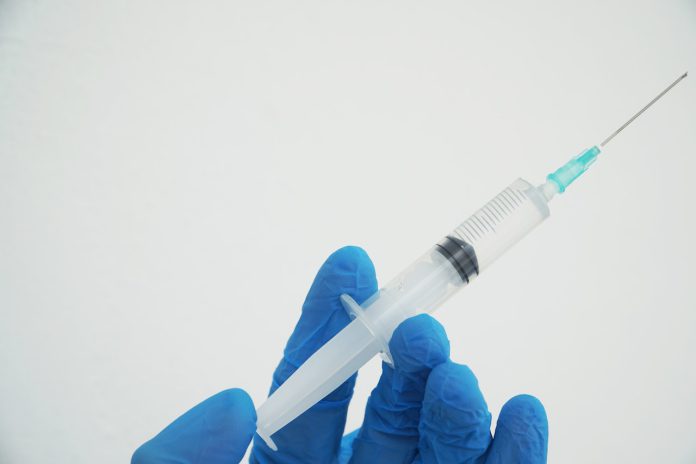Your teeth need the support of a strong and stable jawbone. Without it, your teeth may loosen and fall off. Grafting is a procedure that uses bone material from your body to stop jawbone deterioration. Here are answers to some questions about the Monterey bone grafting process.
1. What is bone grafting?
Bone grafting is a procedure to restore your bone density after it resorbs. If your jawbone has signs of disintegration, your provider could request grafting to increase bone density.
The bone grafting procedure is crucial if your jawbone does not have the density to allow for an implant. The graft ensures the implant’s screw has a stable foundation.
The graft is essentially a scaffold that facilitates bone regrowth. The structure retains minerals enabling bone tissue to regenerate. Research shows bone regeneration is possible, provided there is room to grow.
2. Why does the jawbone deteriorate?
Your jawbone may deteriorate for several reasons. The most common cause of bone degeneration is the loss of bone tissue after tooth extraction. Since the area left by the lost tooth does not exert pressure on your gums, the jawbone receives adequate stimulation.
Periodontal disease can also lead to bone disintegration. The bacteria causing gum inflammation also erodes the soft tissue and jawbone. Although bone deterioration can affect people of all ages with gum disease, it is more severe as you age.
Bone deterioration can also occur due to severe teeth misalignments and malocclusions. An improper bite does not always generate the pressure to sustain a healthy bone density.
People with TMD (Temporomandibular Joint Disorder) may experience the same problem, especially if the condition remains untreated.
TMD affects the bones on each side of your face, which can cause the jaw to shift out of position. Bone stimulation may diminish due to the jaw’s misalignment.
3. When is bone grafting necessary?
You may require bone grafting after a tooth extraction procedure. Statistics show the jawbone erodes by 25% a year after losing your tooth. The disintegration may progress unless you fix the gap with an implant.
Your dental specialist may recommend a bone graft for some patients that require dentures. If you lack the necessary bone density, dentures can worsen bone resorption.
4. How does grafting stimulate bone regeneration?
The process employs a sterilized material whose purpose is to facilitate bone resorption. The scaffold must have osseointegration characteristics. That means it has a high chance of fusing with the jawbone.
Your provider will apply your blood plasma to the scaffold to promote regrowth. PRP (Platelet-Rich Plasma) contains collagen and several crucial growth factors. The compounds trigger a chemical process that eventually stimulates bone regeneration.
5. How can PRP facilitate recovery?
The bone will require several months to heal after the bone grafting procedure. The scaffold gradually fuses with the jawbone to increase bone density.
The treatment site could be susceptible to swelling and discomfort. Fortunately, the PRP solution speeds up the healing process and minimizes inflammation.
You may also receive pain-relief medication if you experience pain. Dr. Pechak will guide you on how to minimize discomfort and realize optimal outcomes.
To schedule a consultation, contact Perio & Implant Center of Monterey Bay and The Silicon Valley today.






